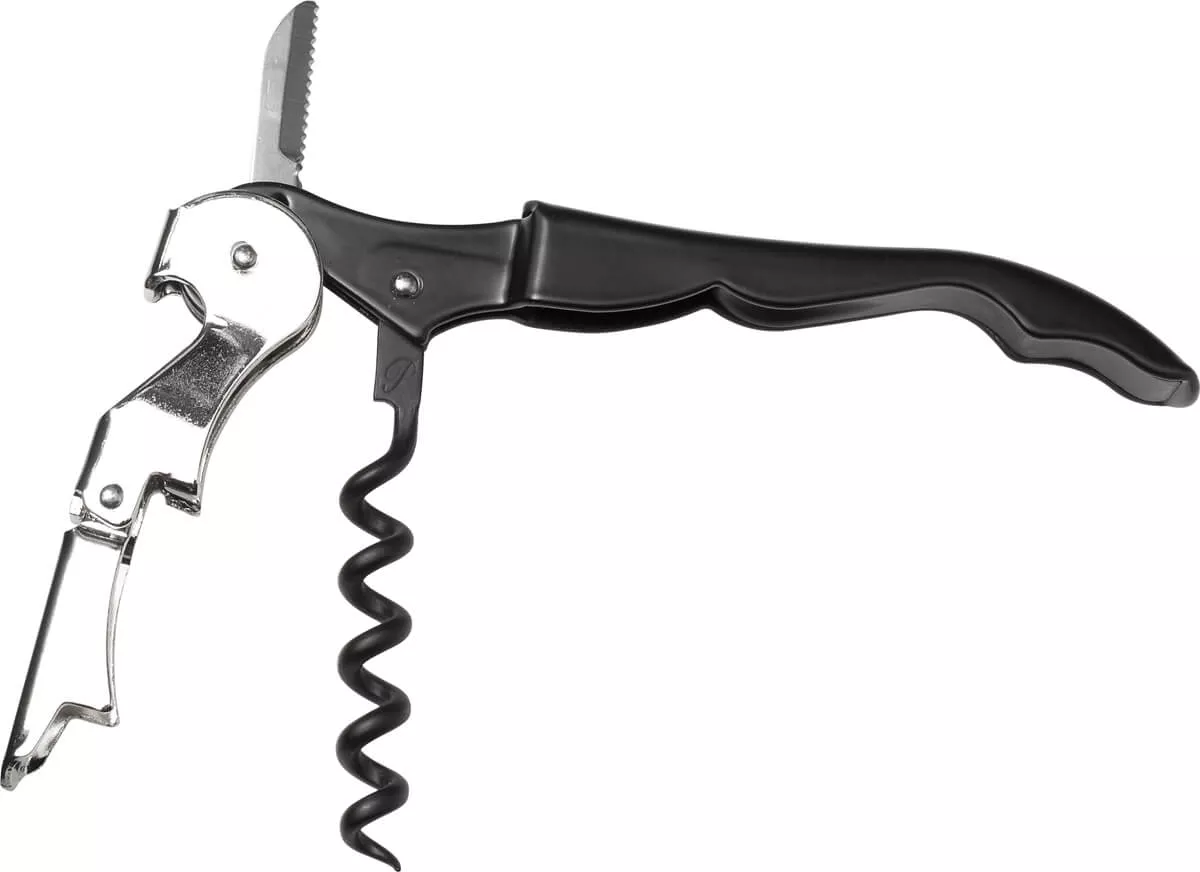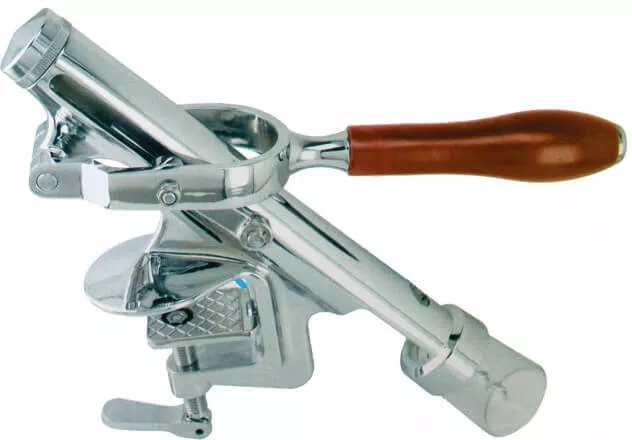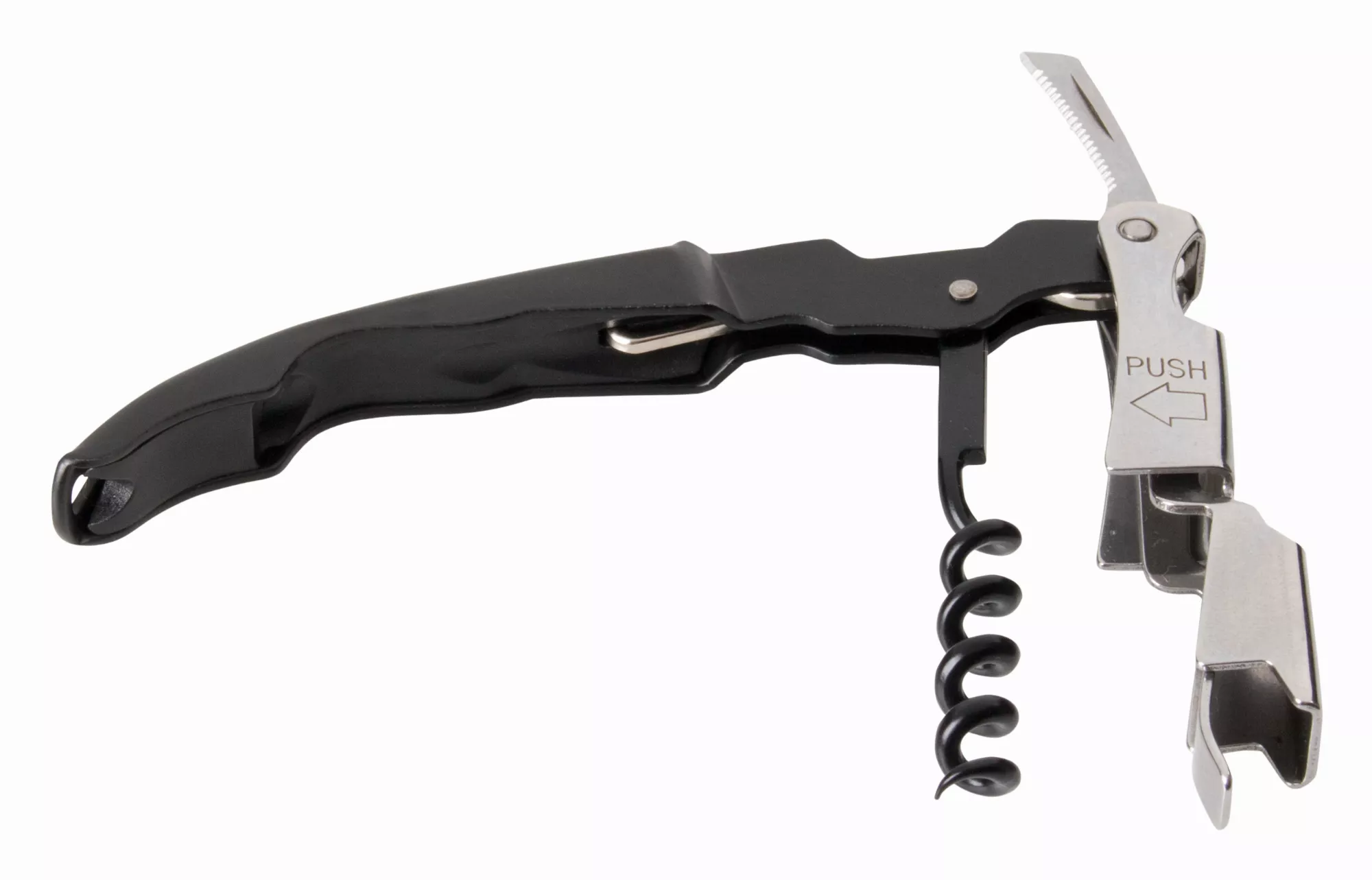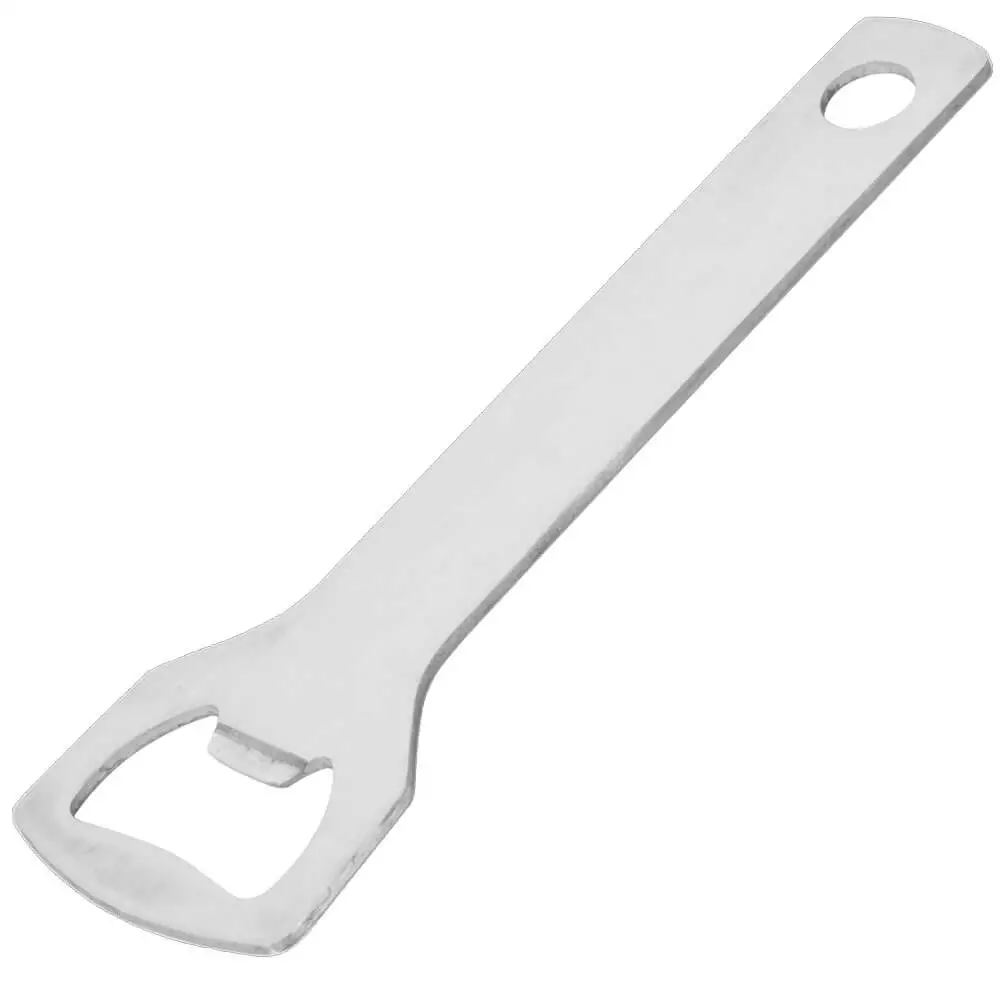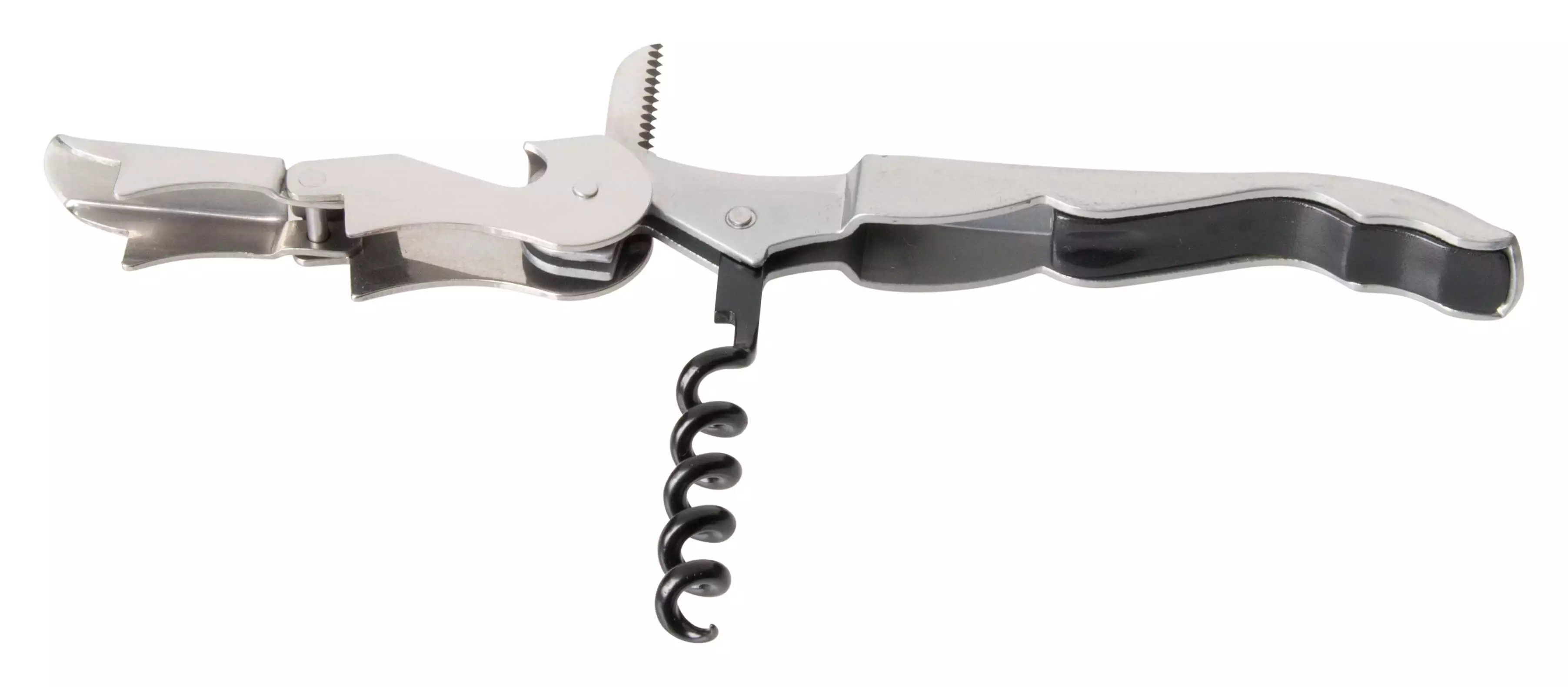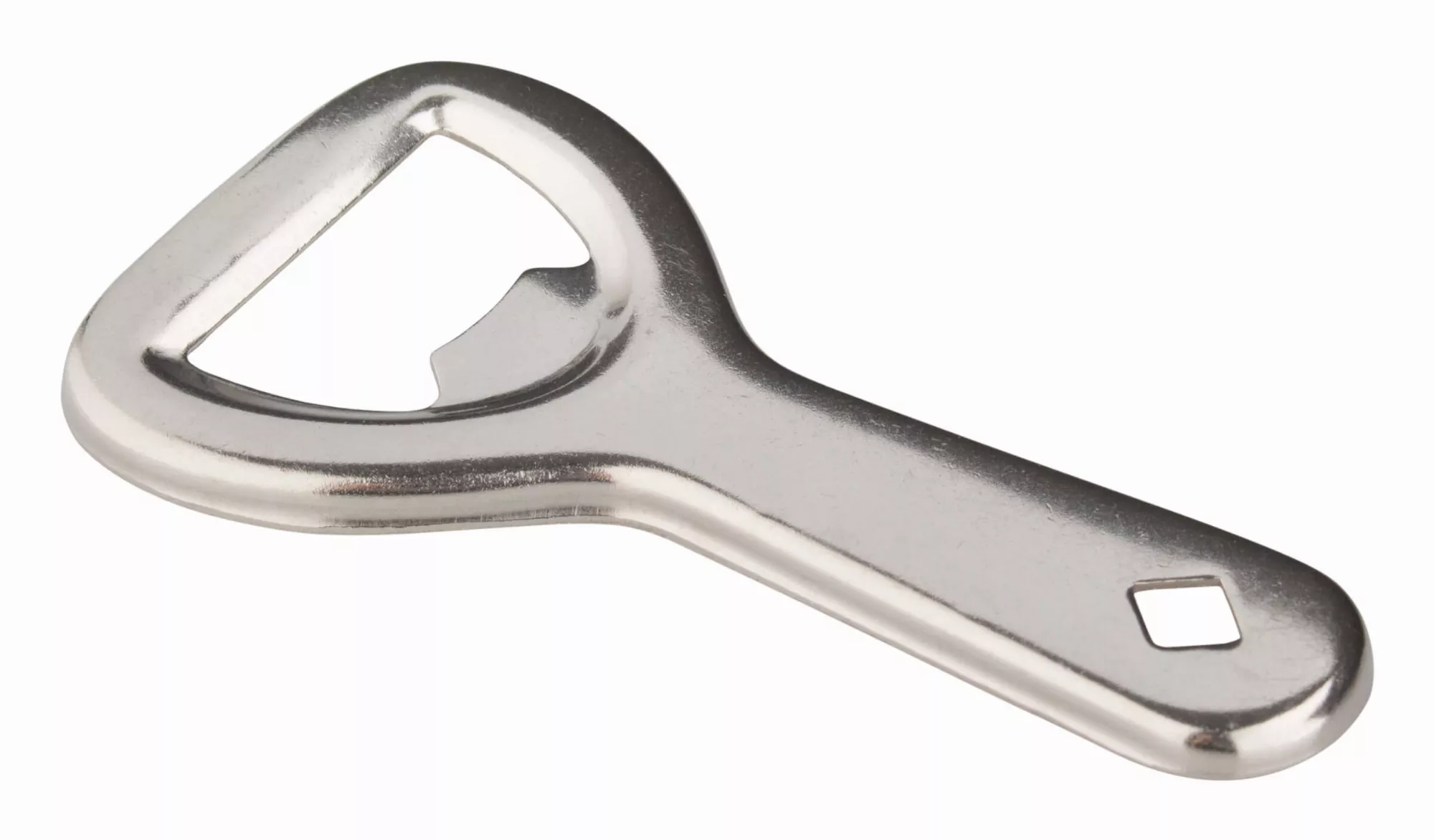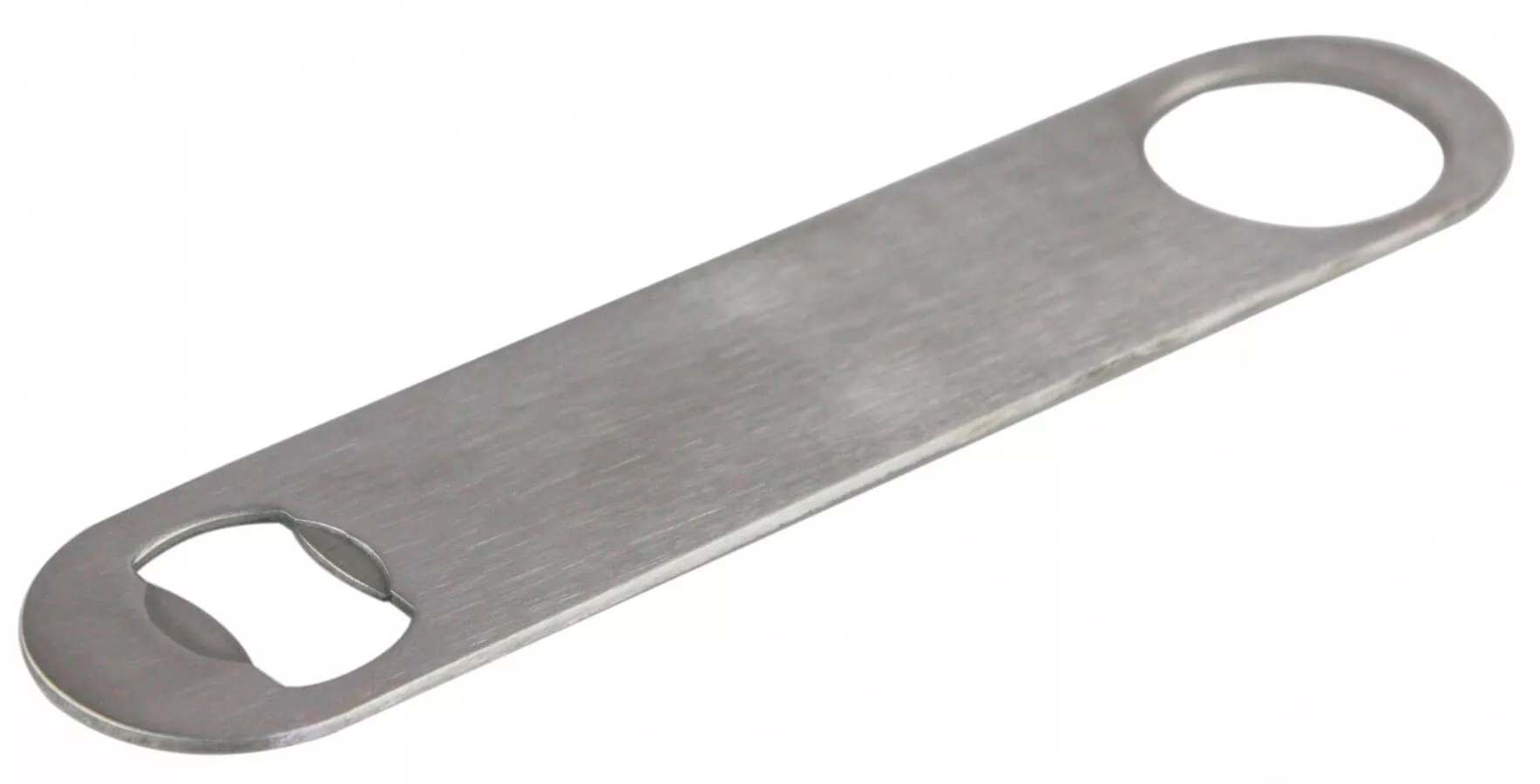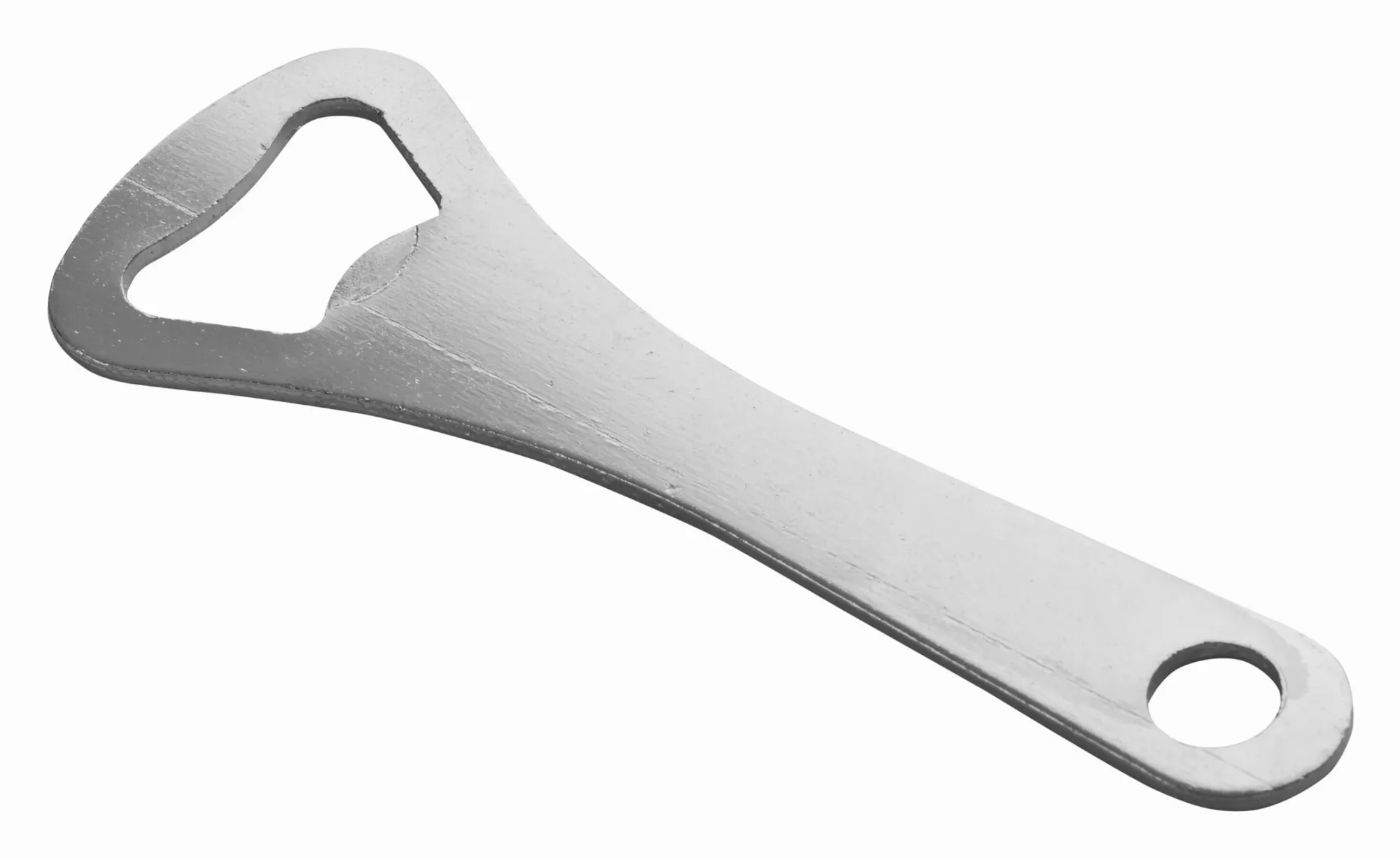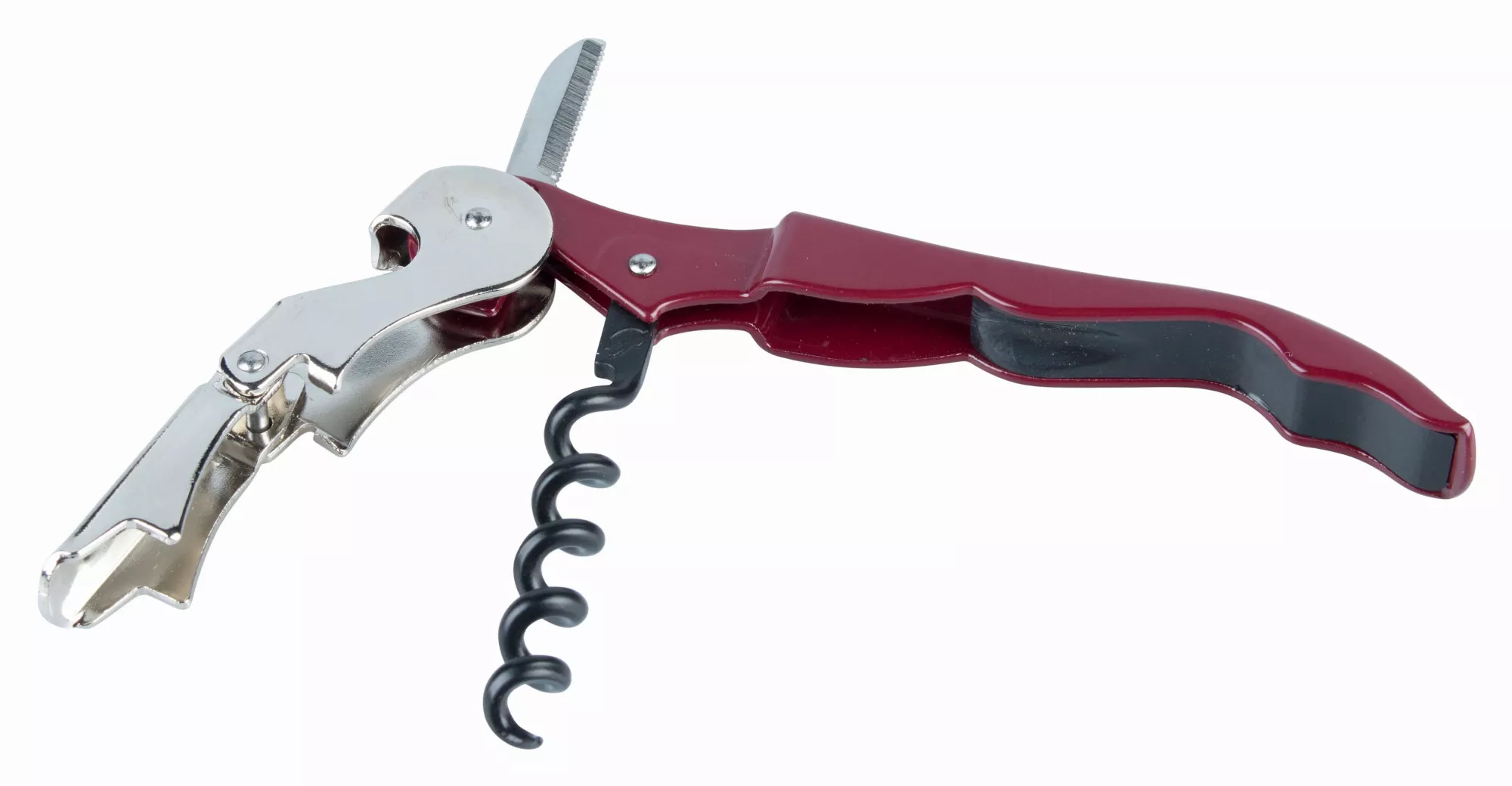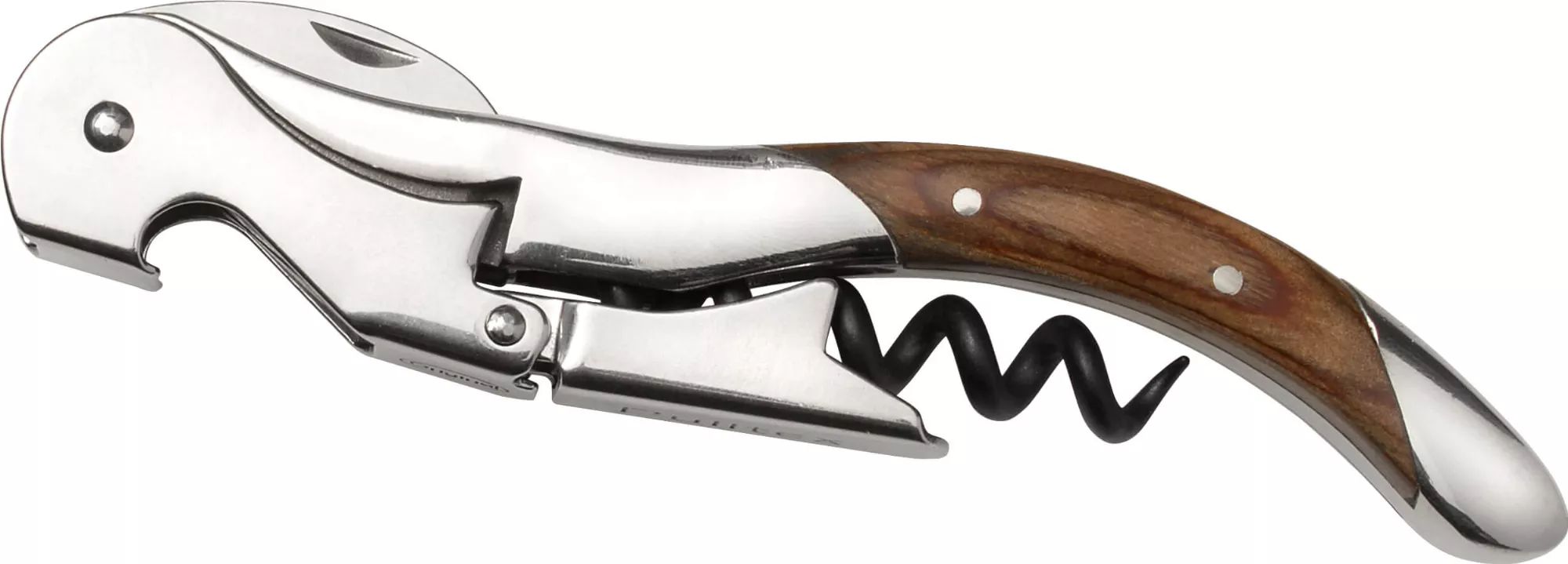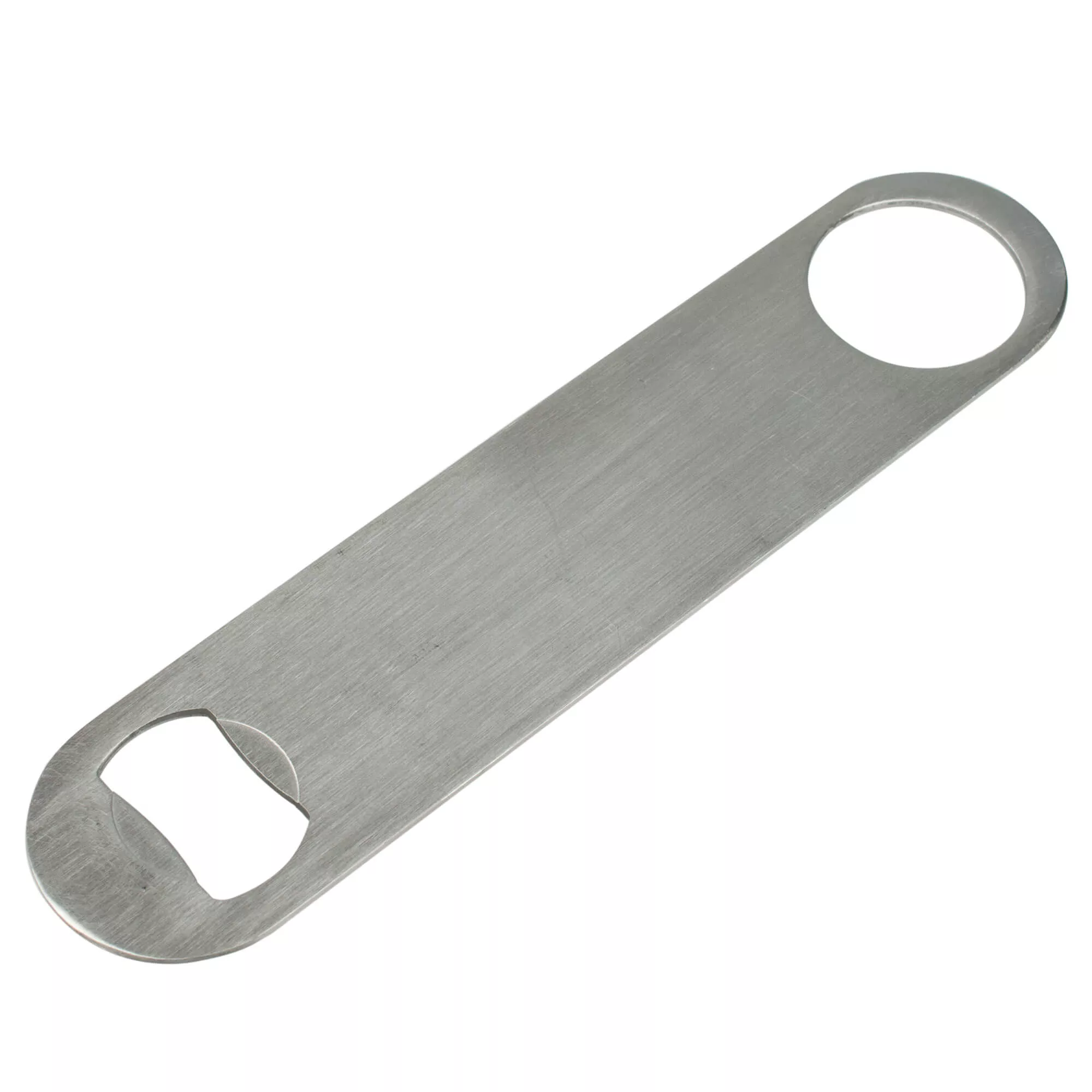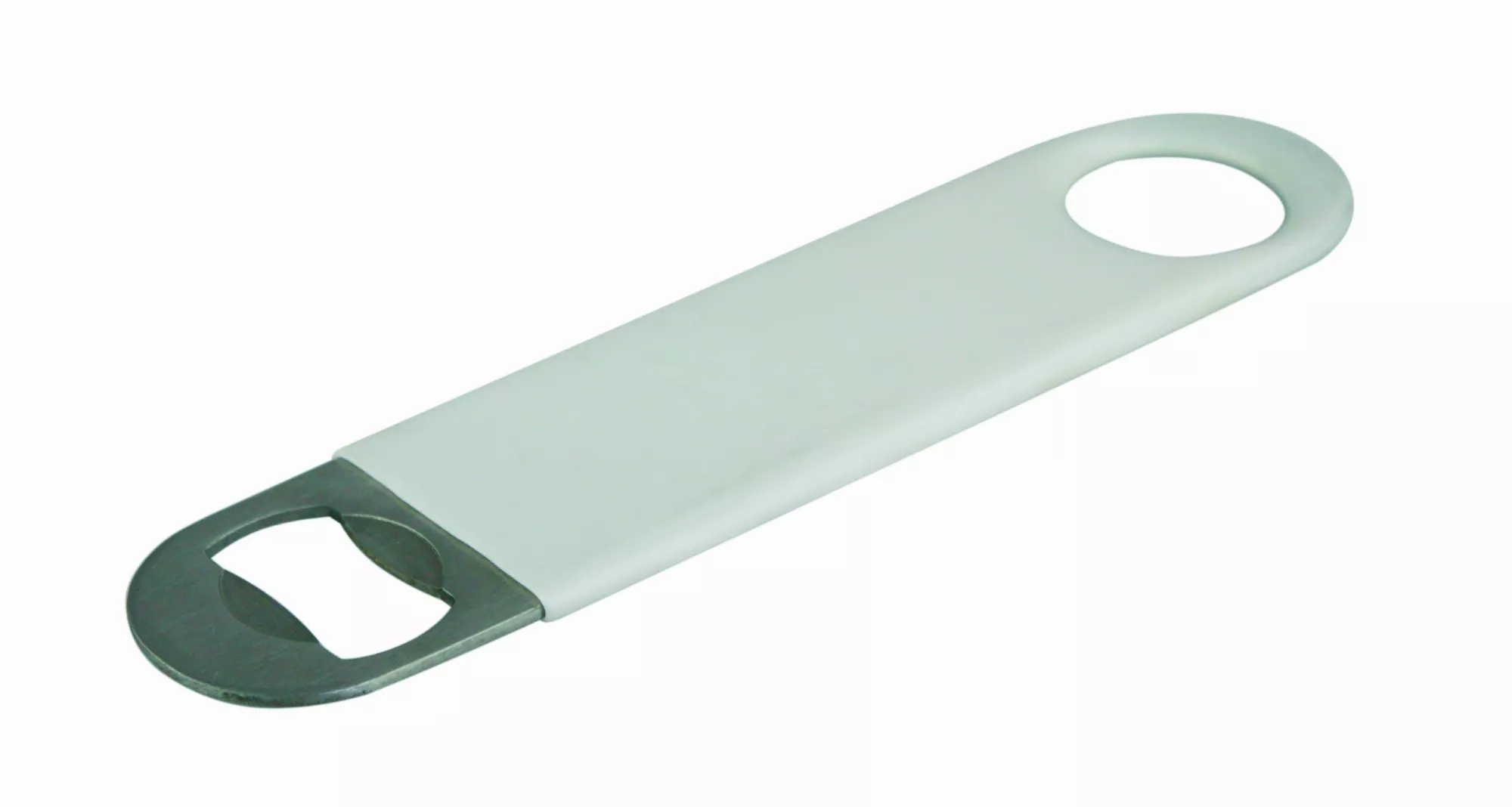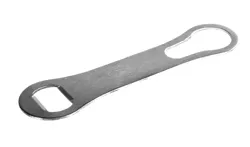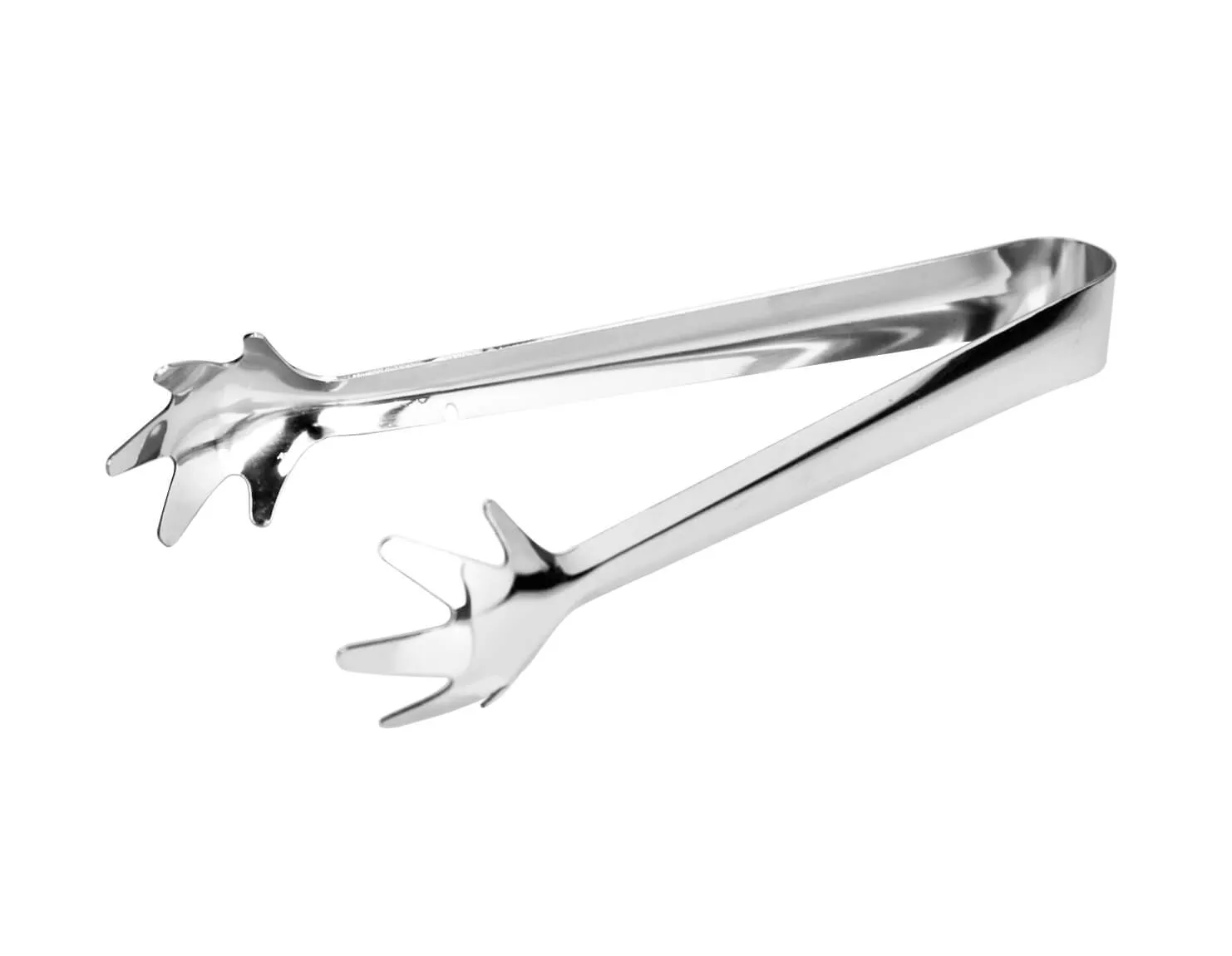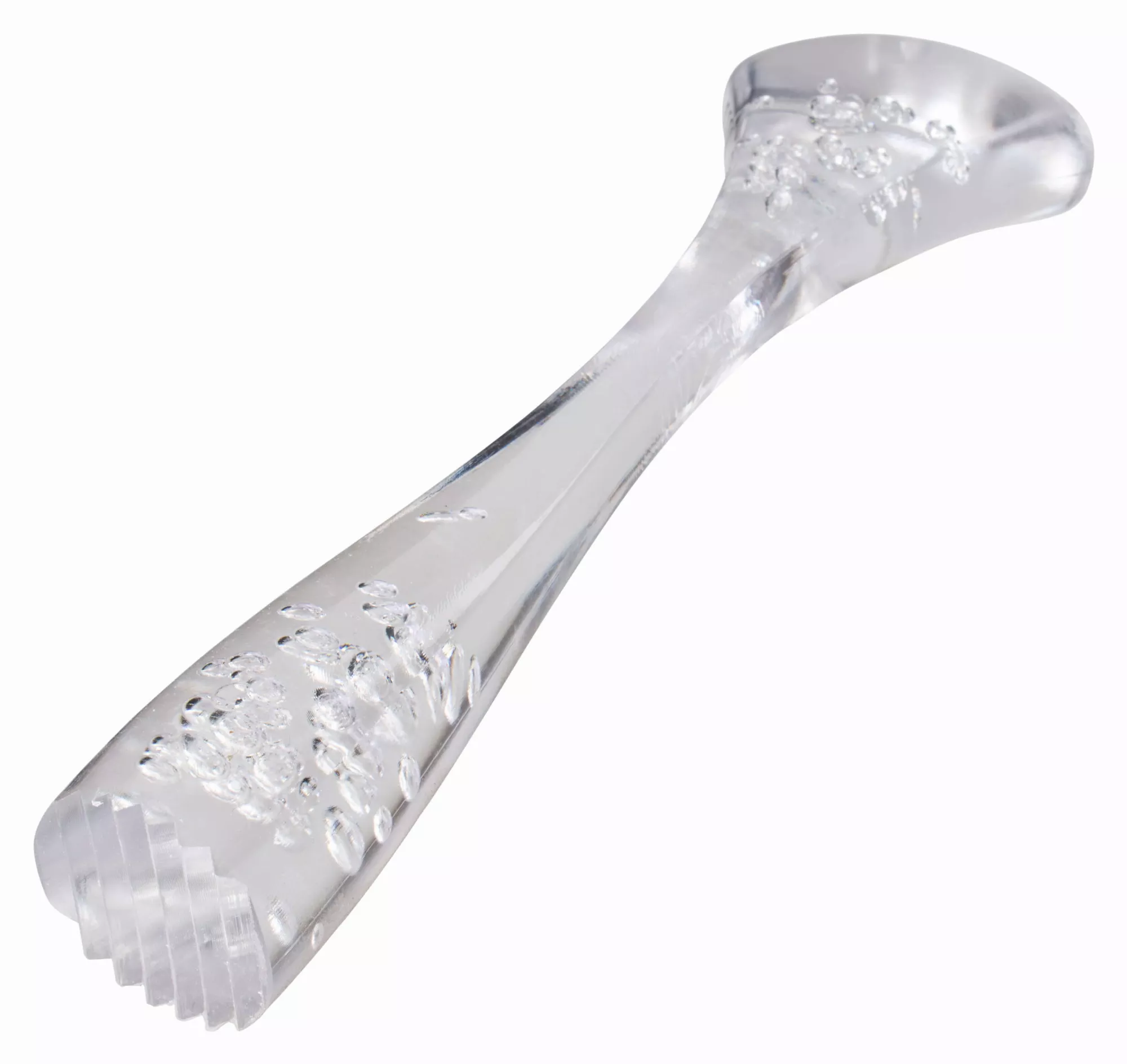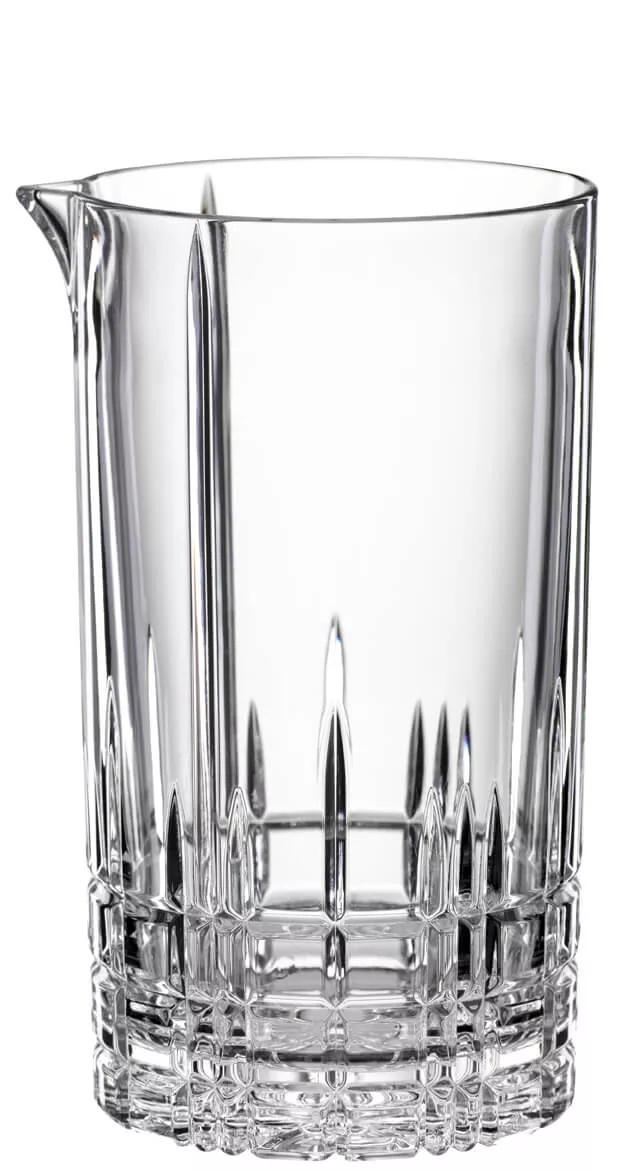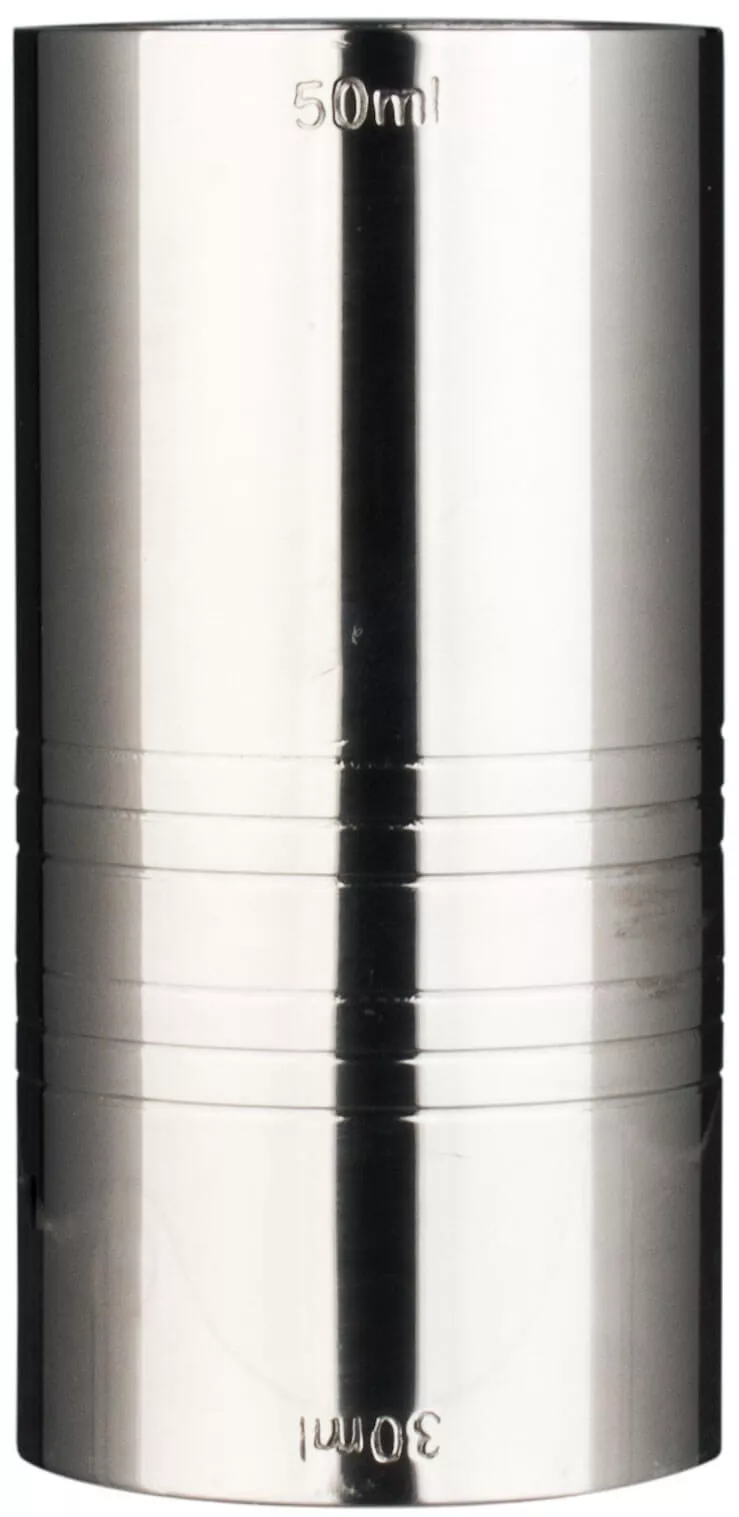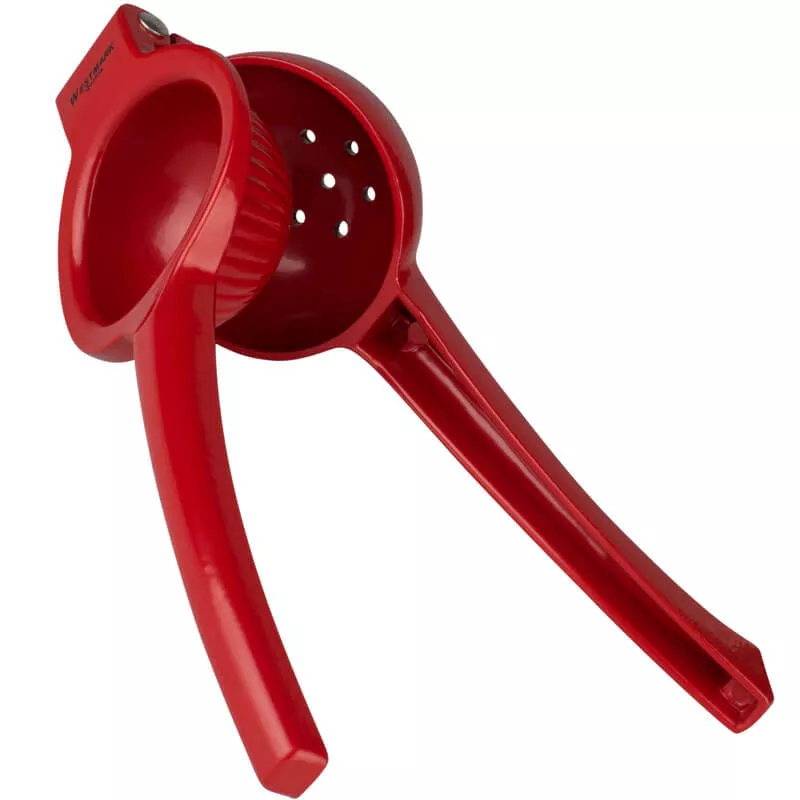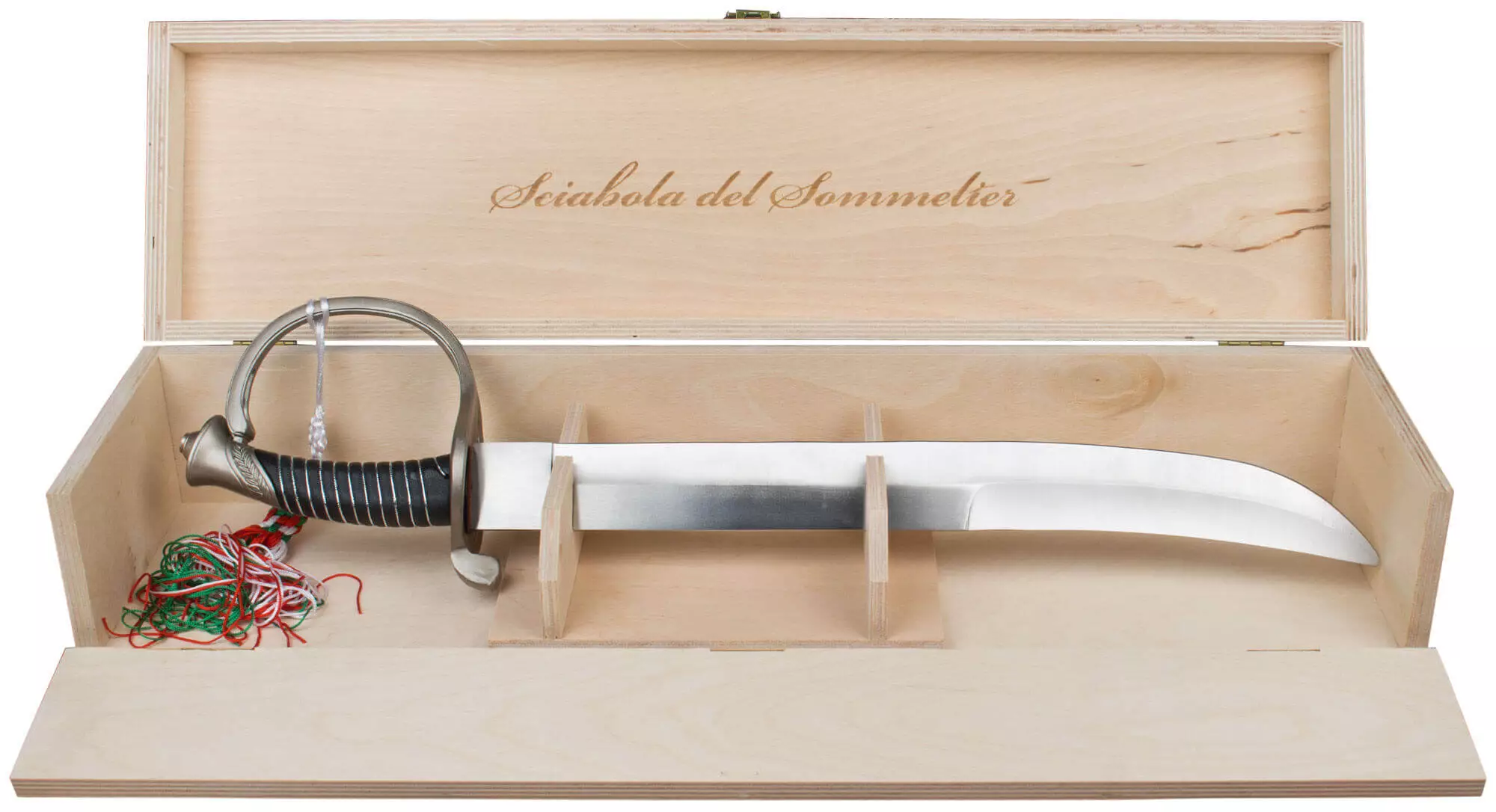
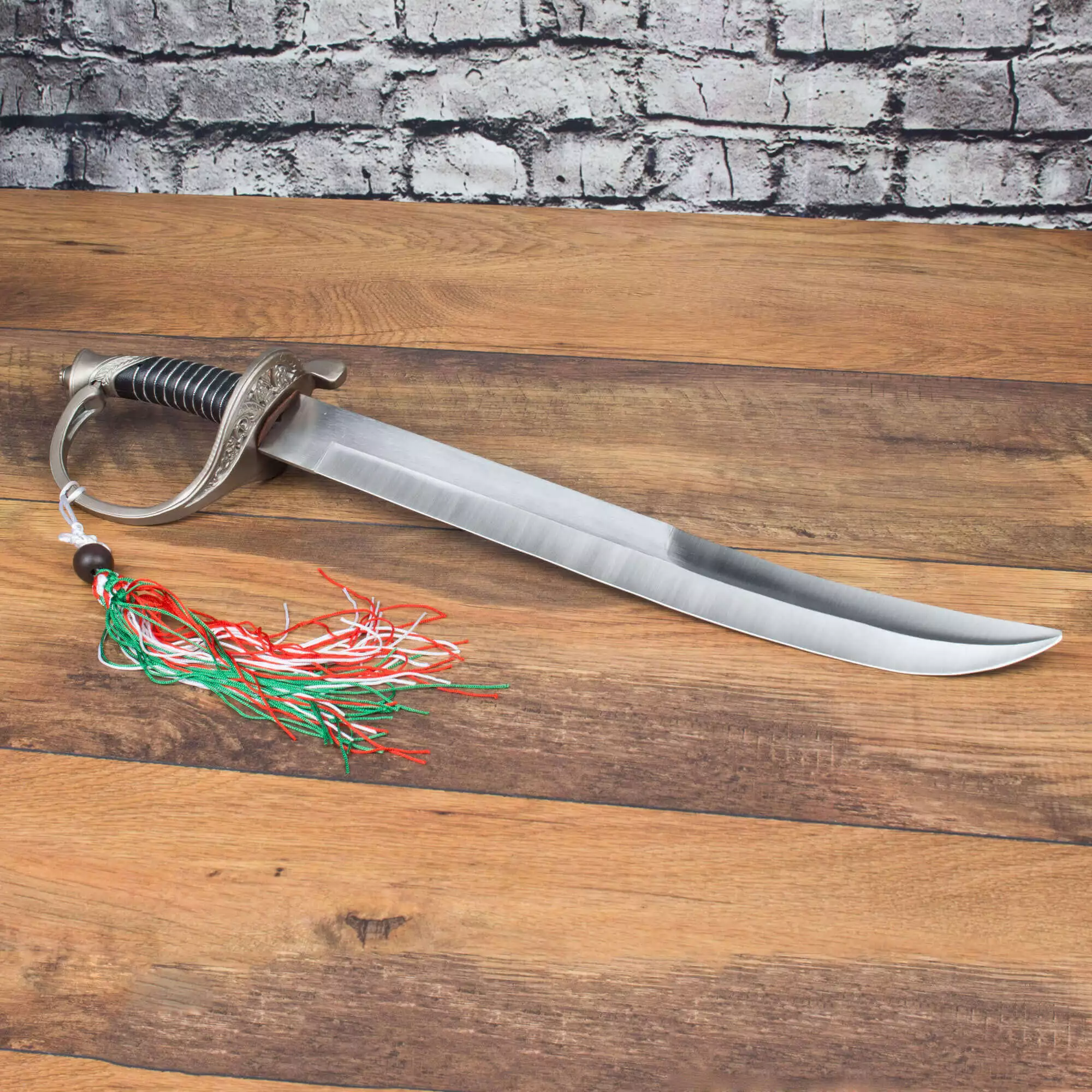
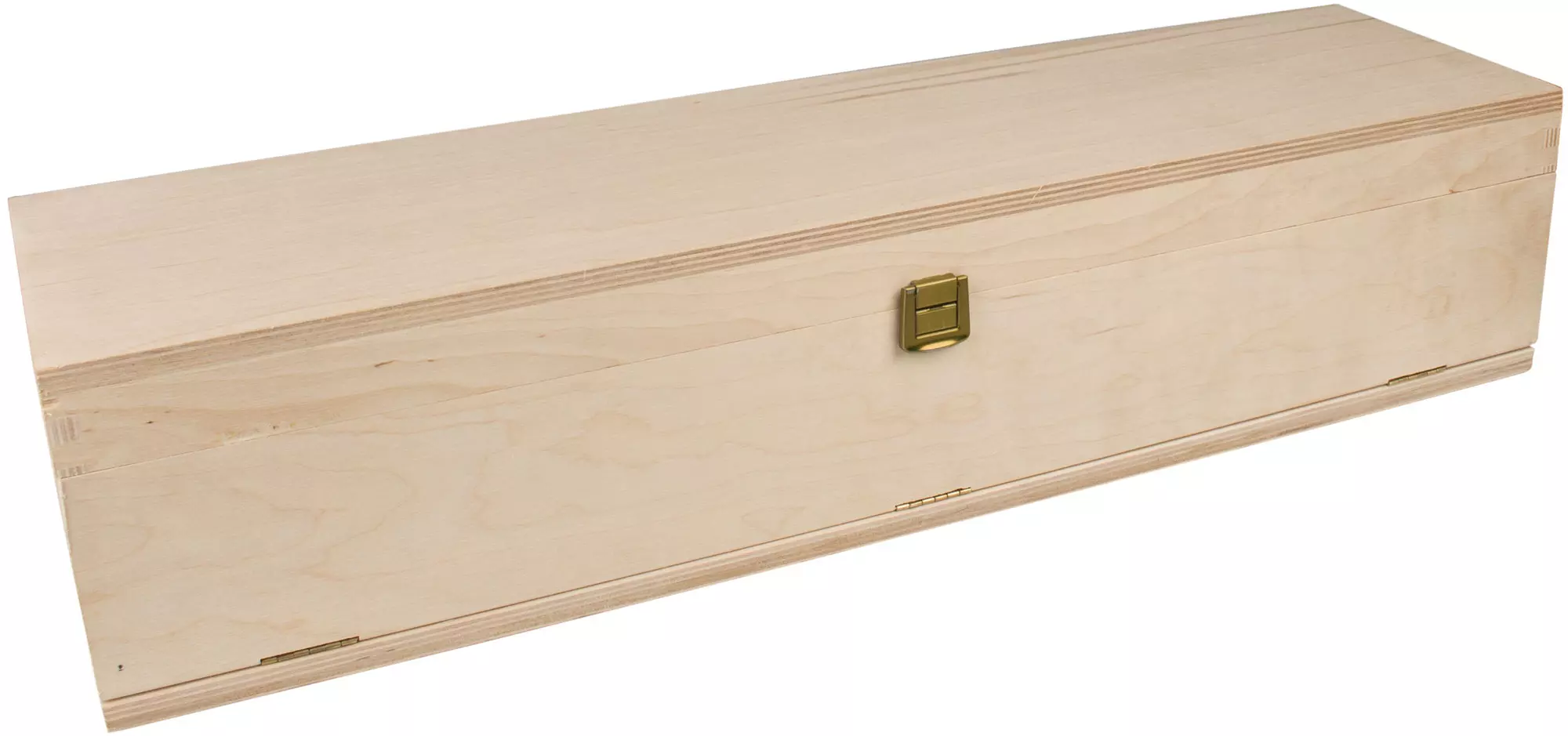

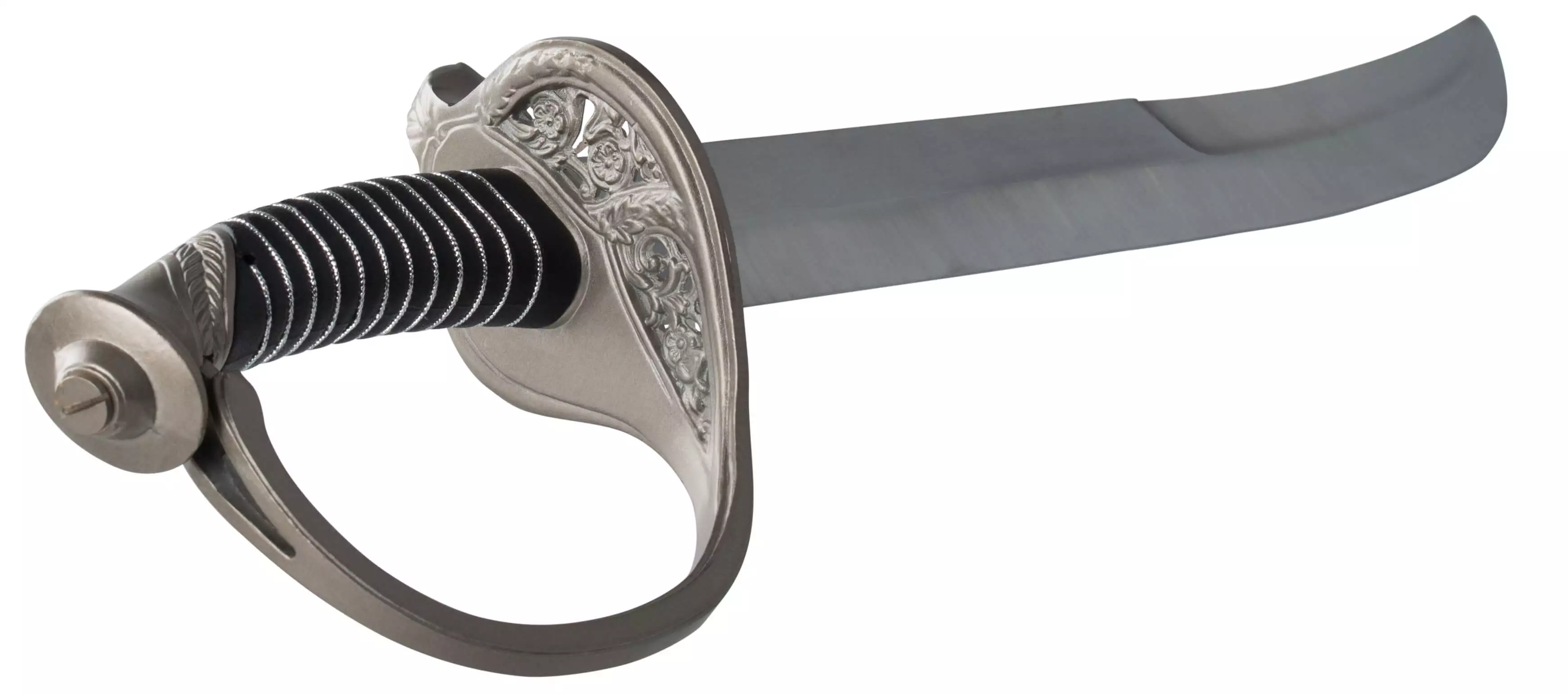
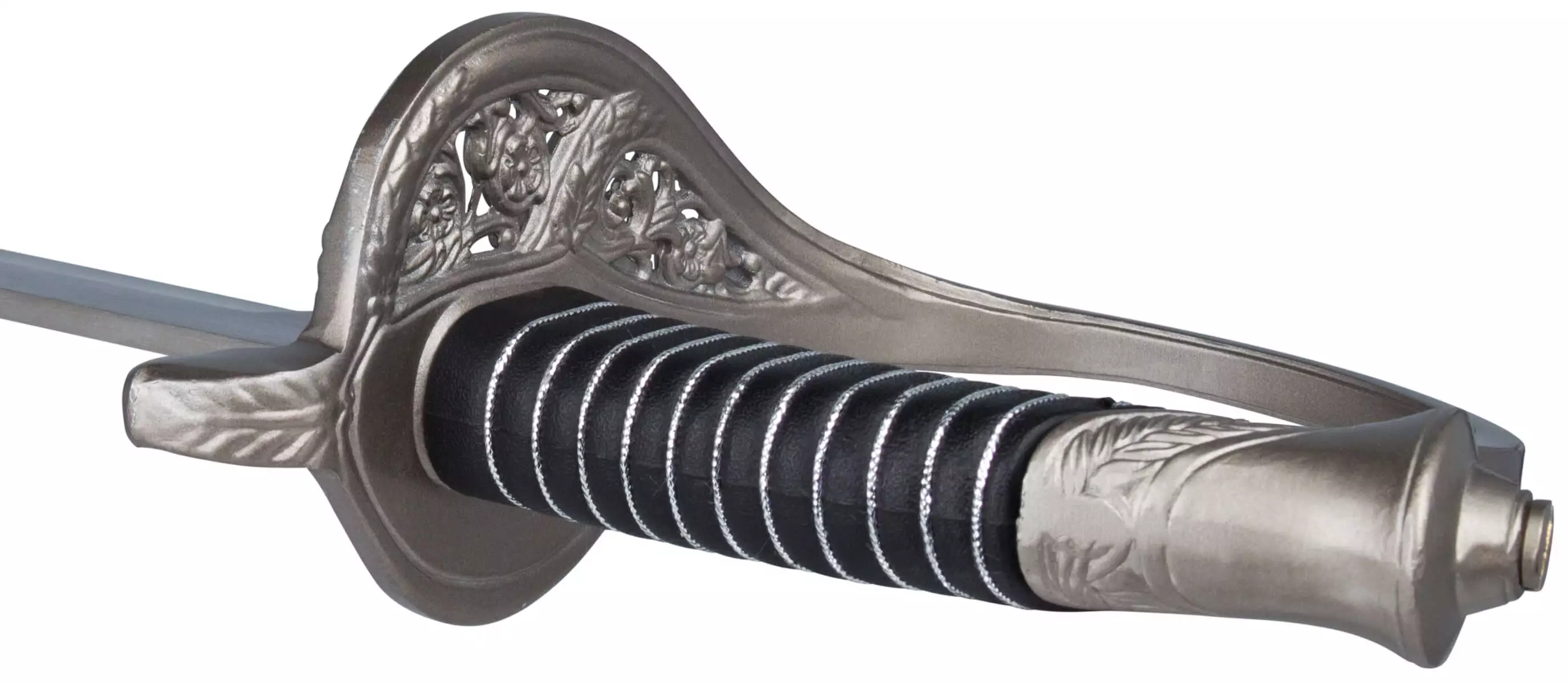
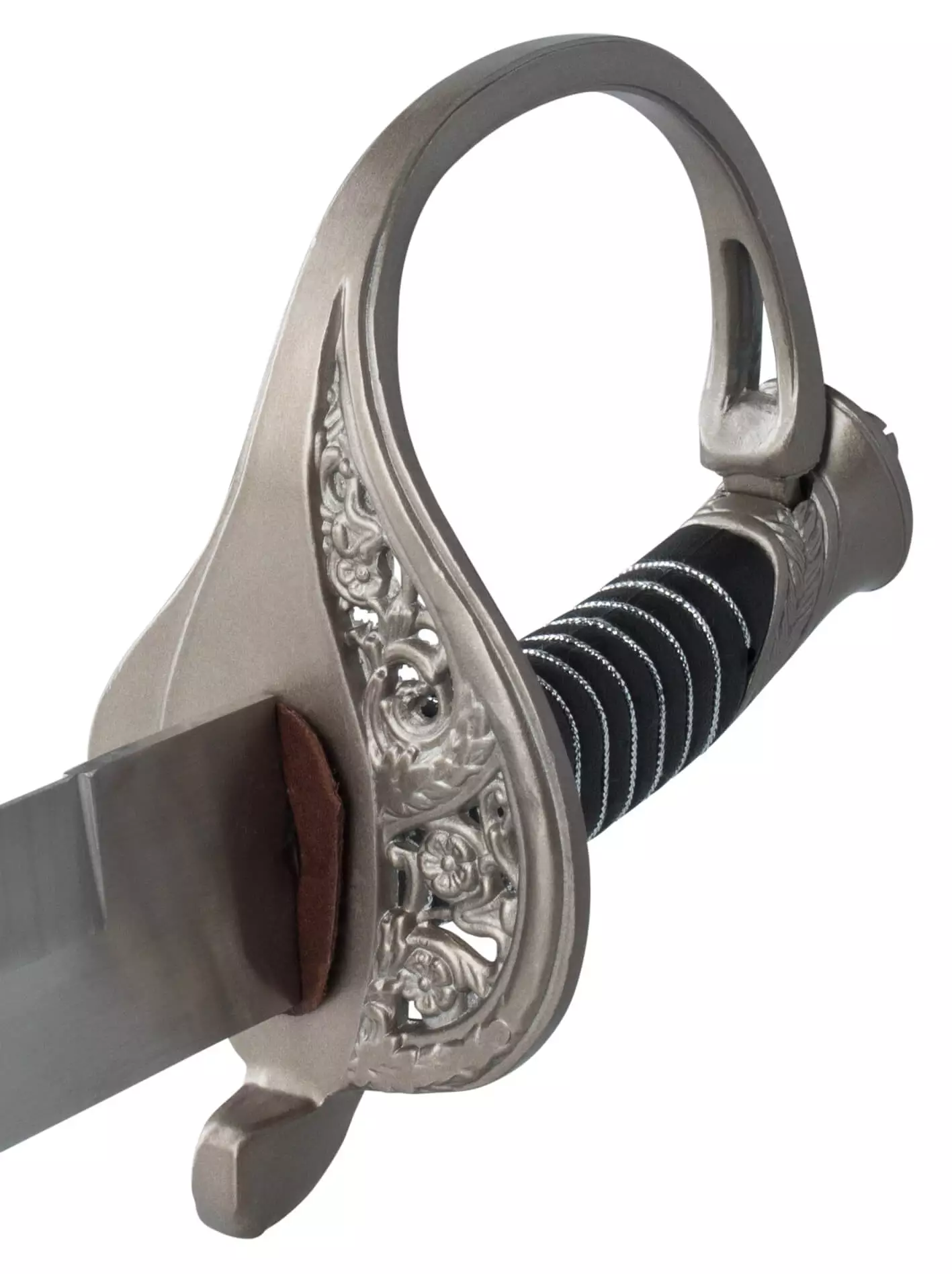
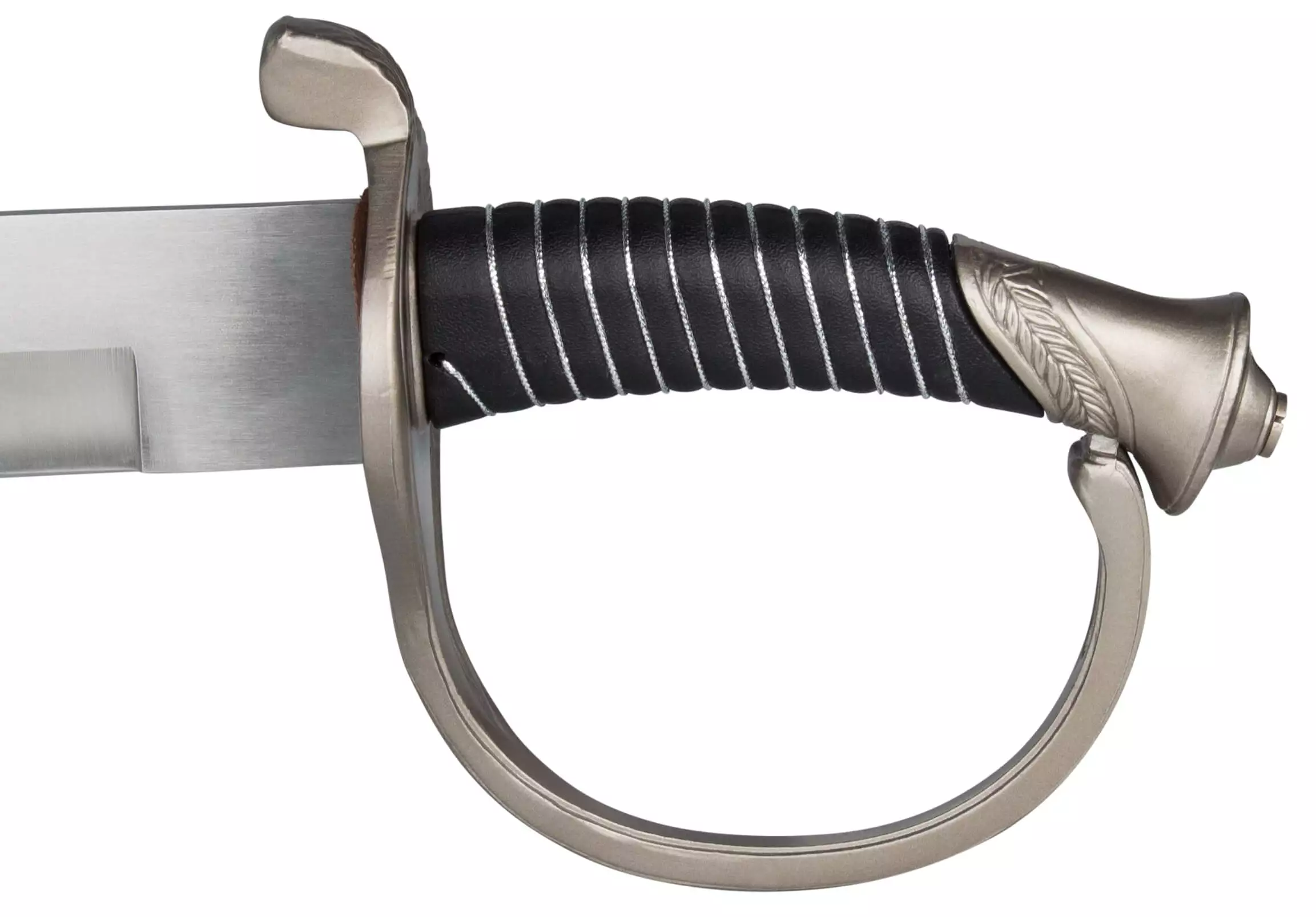


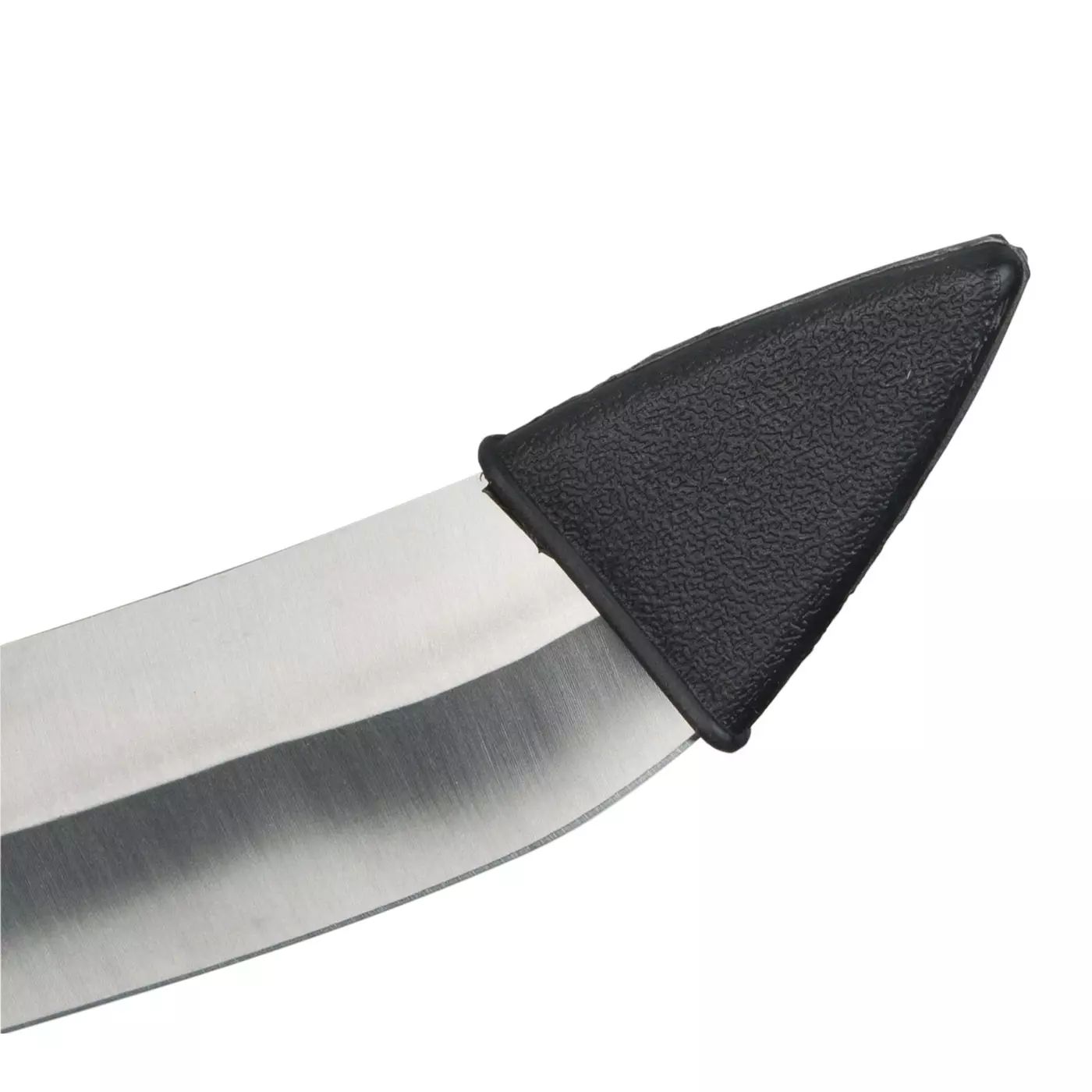
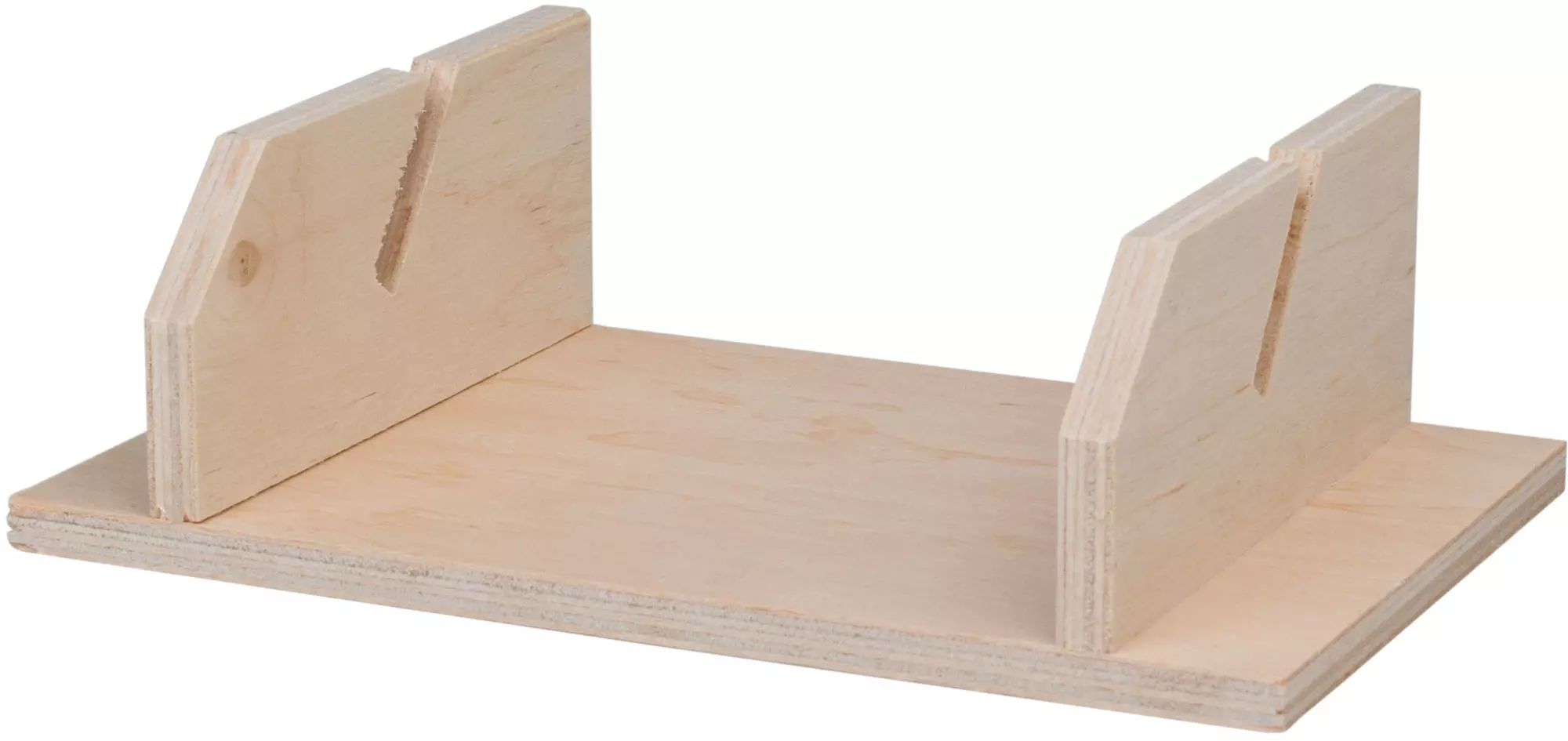
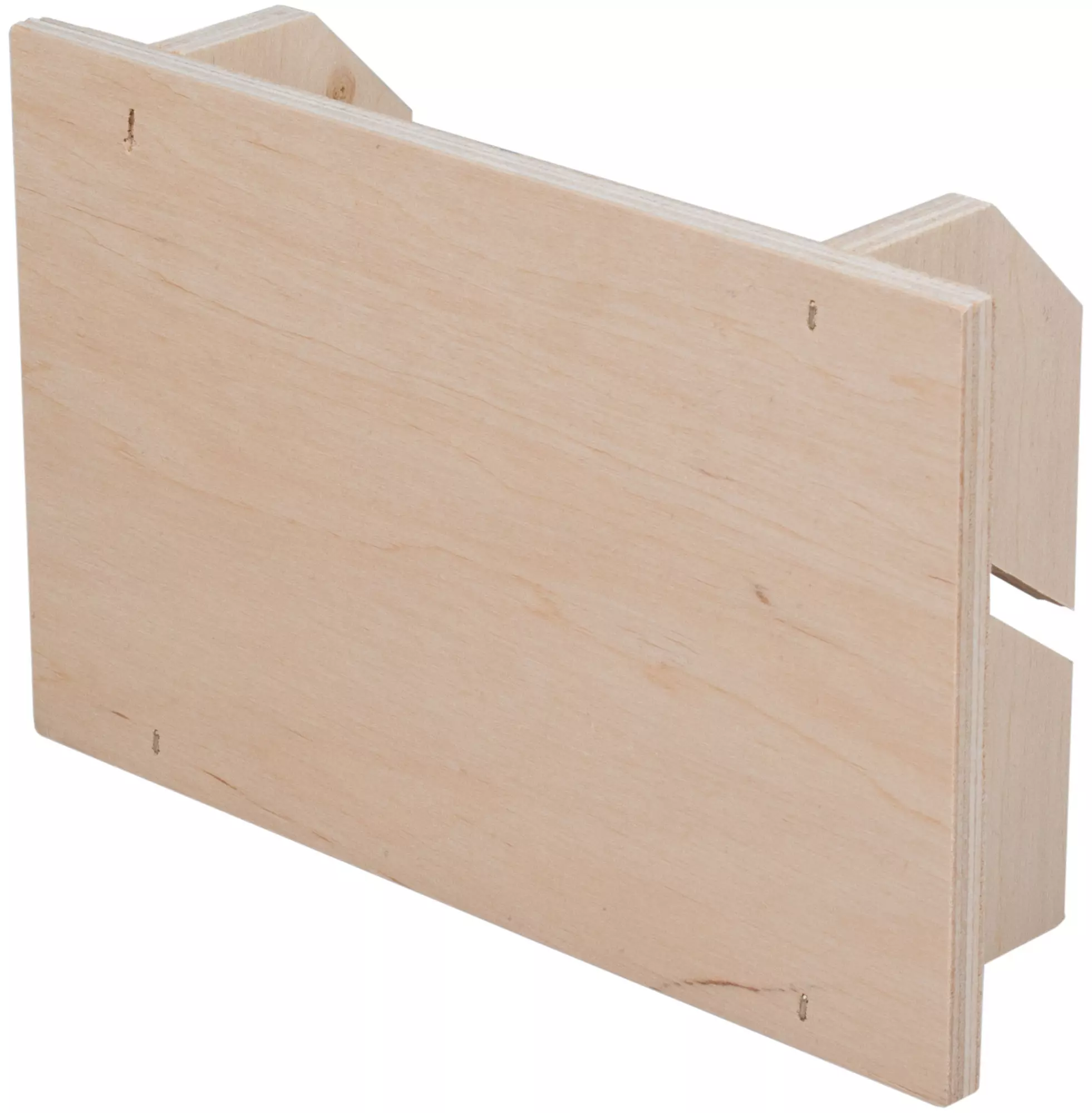







































Champagne saber with wooden box
order no.
9127
Champagne saber with wooden box
order no.
9127
€149.00
Prices incl. VAT plus shipping costs, free shipping (DE) from 99€**
No longer available
delivery time:
Upon request
Product properties
Contains: Champagne saber, hinged wooden box, wooden stand for saber, decorative ribbon, protective plastic cap for the tipChampagne sabor:
Overall length (cm): 55,0
Blade length (cm): 40,5
Blade width (cm): 3,9
Material: blade: stainless steel / hilt: painted metal, plastic
Color: blade: silver-colored / hilt: brass antique, black, silver stripes
Box:
Length (cm): 57,0
Width (cm): 15,0
Height (cm): 12,5
Material: wood, metal (hinges and lock)
Color: light brown, soft grain
If you are looking for that special extra for your festive ceremony, then a champagne saber is a must.The ceremonial sabering of the neck of the bottle dates back to Napoleon's time and is still seen as an exclusive and fun ritual today.
The saber has a 40,5 cm long stainless steel blade. It is not suitable for cutting, but should still be kept away from children. The blade is attached in the decorative handle, which consists of several elements. First, there is the grip, by which the saber is held. It is made of black leather-look plastic. A thin silver-colored cord is wrapped around it for decoration. The ornate cross-guard is the crosspiece between this hilt and the blade. The floral pattern of flowers and leaves is pressed in and also contains recesses. The cross-guard merges into an arch that is screwed to the end of the handle. With a 'real' saber, the bow would protect the hand in battle. These parts are cast and painted in a shade that can be described as antique brass.
A decorative cord made of numerous colored threads also belongs to the champagne saber. The top part is knotted and braided while the bottom part is free to flutter. The whole thing is attached to the handle, but can also be easily removed. Last but not least, the set includes a protective hood made of black plastic for the saber tip.
When there is no celebration planned, the champagne saber does not have to be hidden away, as it can be displayed decoratively in its wooden box. The lid of the oblong box is opened. The front wall then tilts down and widens the bottom of the box. This gives you a clear view of the saber, which is best placed on the holder. This is made of the same wood as the crate and has two slanted slots. The champagne saber is thus presented at the best angle. The holder can also be removed from the box. So you can set up the saber without its box if there is little space available. A highlight of the wooden box is the engraving on the inside of the lid. The ornate writing is clearly visible when open and reads: 'Sciabola del Sommelier'. It's Italian for 'sommelier's saber'. It is up to you whether you bring the wooden box to safety during the ceremony. The wood is not sealed. Splashes of champagne, which inevitably occur during the ritual, can therefore leave stains on the wood. A trace of use that gives the box character, but not everyone likes it.
How to become a sabreur:
In preparation, remove the wire and aluminum paper from the bottle. Now hold the bottom third of the bottle in one hand and the saber in the other. The head of the bottle points away from your body. Place the saber against the belly of the bottle at a 20 degree angle and pull the saber across the neck of the bottle in one powerful yet smooth striking motion. If done right, will knock off the head of the bottle including the cork. To avoid breaking the bottle, make sure it hasn't been chilled before. More pressure inside the bottle may make the process easier.
In addition to enjoying the champagne itself, your guests will be delighted by a unique performance!
The saber has a 40,5 cm long stainless steel blade. It is not suitable for cutting, but should still be kept away from children. The blade is attached in the decorative handle, which consists of several elements. First, there is the grip, by which the saber is held. It is made of black leather-look plastic. A thin silver-colored cord is wrapped around it for decoration. The ornate cross-guard is the crosspiece between this hilt and the blade. The floral pattern of flowers and leaves is pressed in and also contains recesses. The cross-guard merges into an arch that is screwed to the end of the handle. With a 'real' saber, the bow would protect the hand in battle. These parts are cast and painted in a shade that can be described as antique brass.
A decorative cord made of numerous colored threads also belongs to the champagne saber. The top part is knotted and braided while the bottom part is free to flutter. The whole thing is attached to the handle, but can also be easily removed. Last but not least, the set includes a protective hood made of black plastic for the saber tip.
When there is no celebration planned, the champagne saber does not have to be hidden away, as it can be displayed decoratively in its wooden box. The lid of the oblong box is opened. The front wall then tilts down and widens the bottom of the box. This gives you a clear view of the saber, which is best placed on the holder. This is made of the same wood as the crate and has two slanted slots. The champagne saber is thus presented at the best angle. The holder can also be removed from the box. So you can set up the saber without its box if there is little space available. A highlight of the wooden box is the engraving on the inside of the lid. The ornate writing is clearly visible when open and reads: 'Sciabola del Sommelier'. It's Italian for 'sommelier's saber'. It is up to you whether you bring the wooden box to safety during the ceremony. The wood is not sealed. Splashes of champagne, which inevitably occur during the ritual, can therefore leave stains on the wood. A trace of use that gives the box character, but not everyone likes it.
How to become a sabreur:
In preparation, remove the wire and aluminum paper from the bottle. Now hold the bottom third of the bottle in one hand and the saber in the other. The head of the bottle points away from your body. Place the saber against the belly of the bottle at a 20 degree angle and pull the saber across the neck of the bottle in one powerful yet smooth striking motion. If done right, will knock off the head of the bottle including the cork. To avoid breaking the bottle, make sure it hasn't been chilled before. More pressure inside the bottle may make the process easier.
In addition to enjoying the champagne itself, your guests will be delighted by a unique performance!
There aren't any asked questions yet.
Product properties
Contains: Champagne saber, hinged wooden box, wooden stand for saber, decorative ribbon, protective plastic cap for the tipChampagne sabor:
Overall length (cm): 55,0
Blade length (cm): 40,5
Blade width (cm): 3,9
Material: blade: stainless steel / hilt: painted metal, plastic
Color: blade: silver-colored / hilt: brass antique, black, silver stripes
Box:
Length (cm): 57,0
Width (cm): 15,0
Height (cm): 12,5
Material: wood, metal (hinges and lock)
Color: light brown, soft grain
If you are looking for that special extra for your festive ceremony, then a champagne saber is a must.The ceremonial sabering of the neck of the bottle dates back to Napoleon's time and is still seen as an exclusive and fun ritual today.
The saber has a 40,5 cm long stainless steel blade. It is not suitable for cutting, but should still be kept away from children. The blade is attached in the decorative handle, which consists of several elements. First, there is the grip, by which the saber is held. It is made of black leather-look plastic. A thin silver-colored cord is wrapped around it for decoration. The ornate cross-guard is the crosspiece between this hilt and the blade. The floral pattern of flowers and leaves is pressed in and also contains recesses. The cross-guard merges into an arch that is screwed to the end of the handle. With a 'real' saber, the bow would protect the hand in battle. These parts are cast and painted in a shade that can be described as antique brass.
A decorative cord made of numerous colored threads also belongs to the champagne saber. The top part is knotted and braided while the bottom part is free to flutter. The whole thing is attached to the handle, but can also be easily removed. Last but not least, the set includes a protective hood made of black plastic for the saber tip.
When there is no celebration planned, the champagne saber does not have to be hidden away, as it can be displayed decoratively in its wooden box. The lid of the oblong box is opened. The front wall then tilts down and widens the bottom of the box. This gives you a clear view of the saber, which is best placed on the holder. This is made of the same wood as the crate and has two slanted slots. The champagne saber is thus presented at the best angle. The holder can also be removed from the box. So you can set up the saber without its box if there is little space available. A highlight of the wooden box is the engraving on the inside of the lid. The ornate writing is clearly visible when open and reads: 'Sciabola del Sommelier'. It's Italian for 'sommelier's saber'. It is up to you whether you bring the wooden box to safety during the ceremony. The wood is not sealed. Splashes of champagne, which inevitably occur during the ritual, can therefore leave stains on the wood. A trace of use that gives the box character, but not everyone likes it.
How to become a sabreur:
In preparation, remove the wire and aluminum paper from the bottle. Now hold the bottom third of the bottle in one hand and the saber in the other. The head of the bottle points away from your body. Place the saber against the belly of the bottle at a 20 degree angle and pull the saber across the neck of the bottle in one powerful yet smooth striking motion. If done right, will knock off the head of the bottle including the cork. To avoid breaking the bottle, make sure it hasn't been chilled before. More pressure inside the bottle may make the process easier.
In addition to enjoying the champagne itself, your guests will be delighted by a unique performance!
The saber has a 40,5 cm long stainless steel blade. It is not suitable for cutting, but should still be kept away from children. The blade is attached in the decorative handle, which consists of several elements. First, there is the grip, by which the saber is held. It is made of black leather-look plastic. A thin silver-colored cord is wrapped around it for decoration. The ornate cross-guard is the crosspiece between this hilt and the blade. The floral pattern of flowers and leaves is pressed in and also contains recesses. The cross-guard merges into an arch that is screwed to the end of the handle. With a 'real' saber, the bow would protect the hand in battle. These parts are cast and painted in a shade that can be described as antique brass.
A decorative cord made of numerous colored threads also belongs to the champagne saber. The top part is knotted and braided while the bottom part is free to flutter. The whole thing is attached to the handle, but can also be easily removed. Last but not least, the set includes a protective hood made of black plastic for the saber tip.
When there is no celebration planned, the champagne saber does not have to be hidden away, as it can be displayed decoratively in its wooden box. The lid of the oblong box is opened. The front wall then tilts down and widens the bottom of the box. This gives you a clear view of the saber, which is best placed on the holder. This is made of the same wood as the crate and has two slanted slots. The champagne saber is thus presented at the best angle. The holder can also be removed from the box. So you can set up the saber without its box if there is little space available. A highlight of the wooden box is the engraving on the inside of the lid. The ornate writing is clearly visible when open and reads: 'Sciabola del Sommelier'. It's Italian for 'sommelier's saber'. It is up to you whether you bring the wooden box to safety during the ceremony. The wood is not sealed. Splashes of champagne, which inevitably occur during the ritual, can therefore leave stains on the wood. A trace of use that gives the box character, but not everyone likes it.
How to become a sabreur:
In preparation, remove the wire and aluminum paper from the bottle. Now hold the bottom third of the bottle in one hand and the saber in the other. The head of the bottle points away from your body. Place the saber against the belly of the bottle at a 20 degree angle and pull the saber across the neck of the bottle in one powerful yet smooth striking motion. If done right, will knock off the head of the bottle including the cork. To avoid breaking the bottle, make sure it hasn't been chilled before. More pressure inside the bottle may make the process easier.
In addition to enjoying the champagne itself, your guests will be delighted by a unique performance!
There aren't any asked questions yet.
Suggested products
Customers also bought


